ORIGINS

Contacts
Tapada de Coelheiros
7040–202 Igrejinha x Portugal
Wine Tastings & Reservations
© TapadadeCoelheiros 2024
Início » Origins
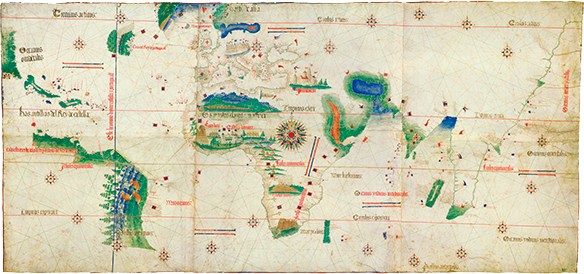
Tapada de Coelheiros is given as a dowry to Branca de Vilhena and Dom Ruy de Sousa, author of the Treaty of Tordesillas.
The estate is bought by Isadora Calhau, the first owner to exploit and live at the Tapada.
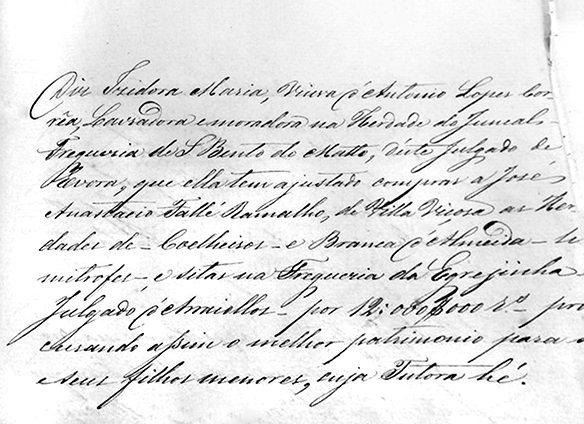
Documento em que D. Isadora Maria declara que pretende comprar as Herdades Branca de Almeida e Coelheiros à família Falé.
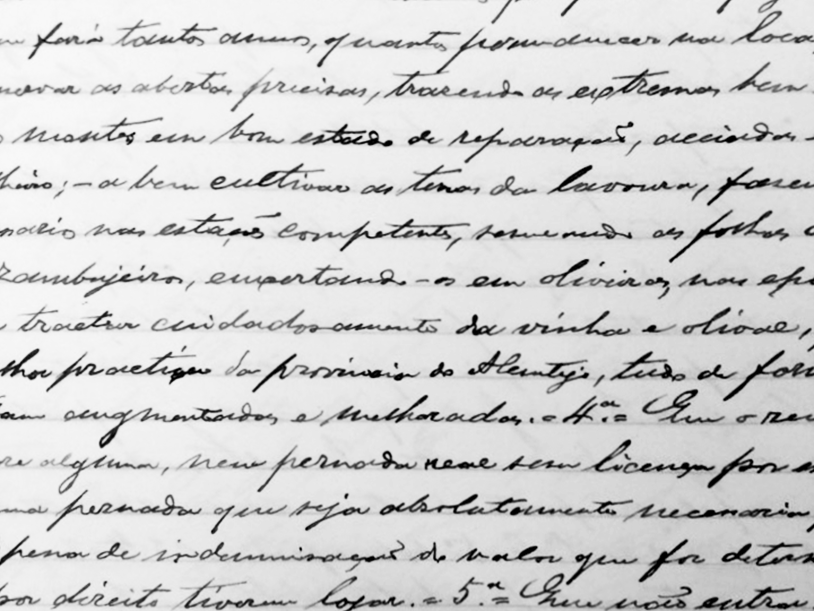
Referência à existência de vinha da Herdade de Coelheiros, da qual o rendeiro Francisco Carvalho se compromete a “tractar cuidadosamente”.
The Count of Azarujinha buys the estate and the first records of vineyards are found.
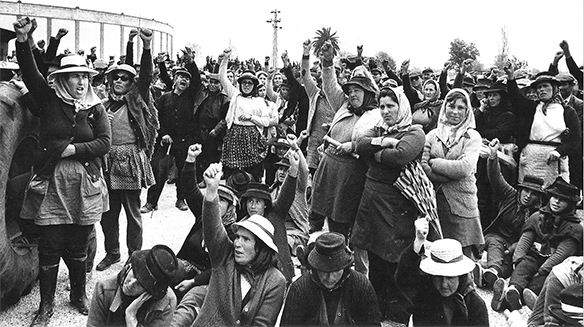
The estate is bought by Dom Diogo Pereira Coutinho.
During the post-revolution period, Tapada de Coelheiros is parcially occupied by local people.
Joaquim and Leonilde Silveira acquire the estate, planting a vineyard and walnut grove.
The grape varieties chosen (Cabernet Sauvignon, Chardonnay, Arinto, Roupeiro and Trincadeira) are innovative for the time and pave the way for distinctive wines.
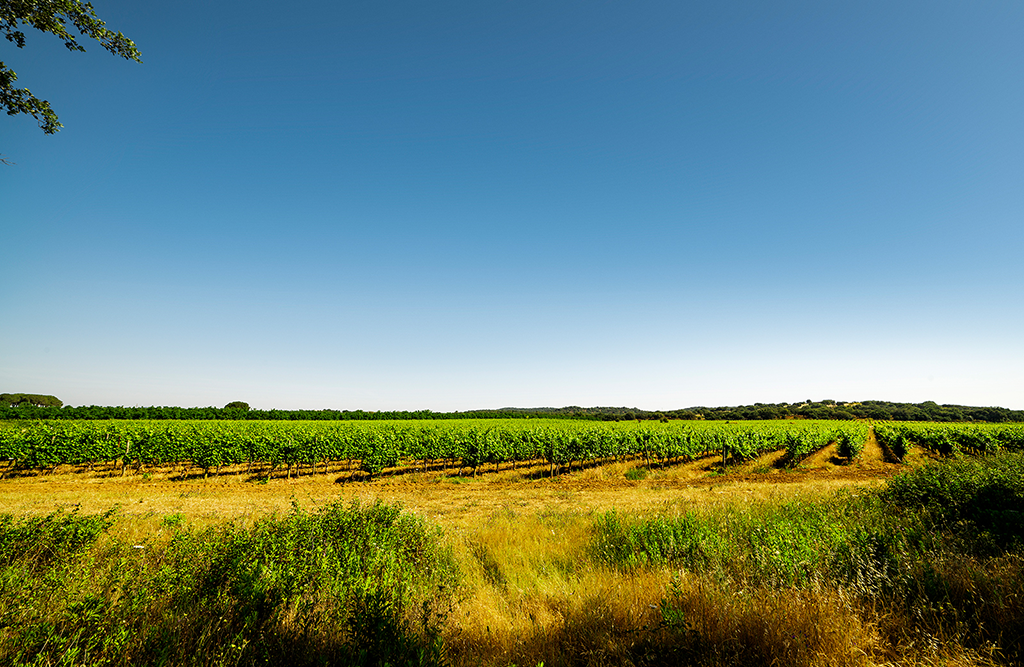
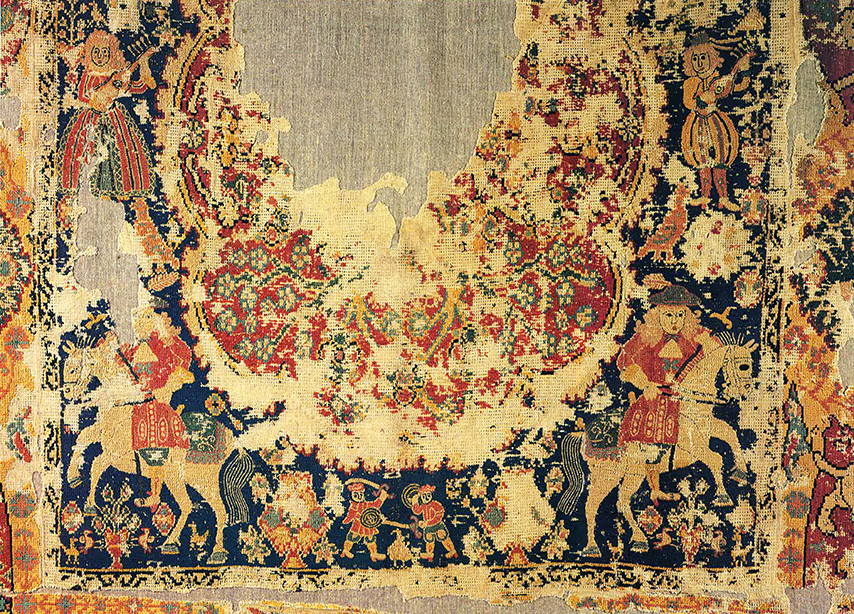
Crafted by the winemaker António Saramago, the first Tapada de Coelheiros red is produced, bearing a label that alludes to traditional Arraiolos tapestry.
The Tapada de Coelheiros Garrafeira 1996 wine wins awards and is deemed the best wine from Alentejo and Portugal.
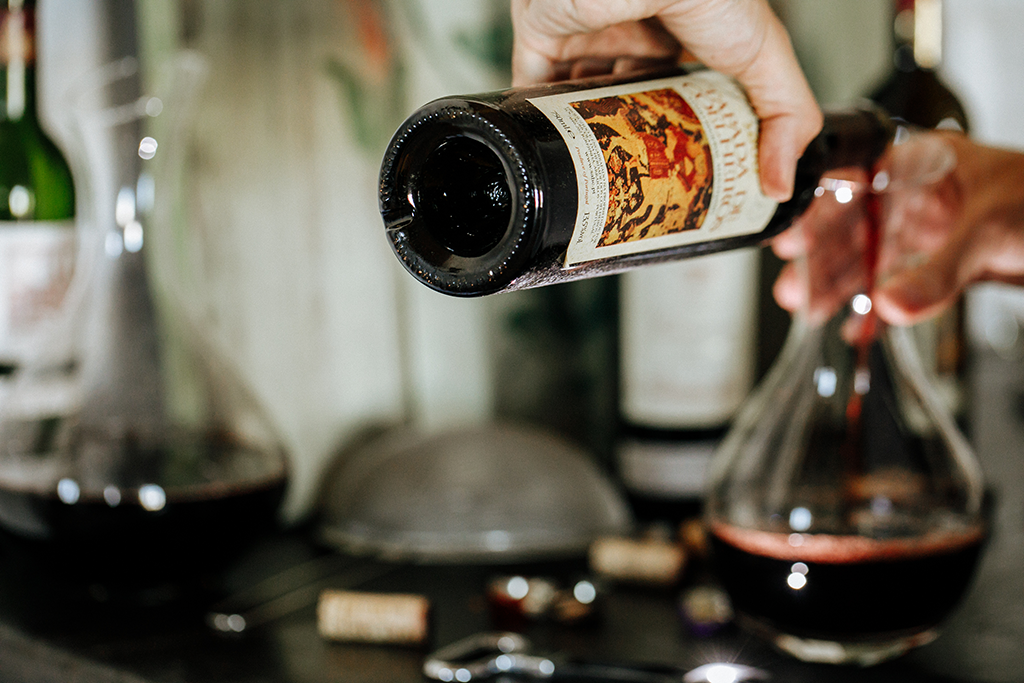
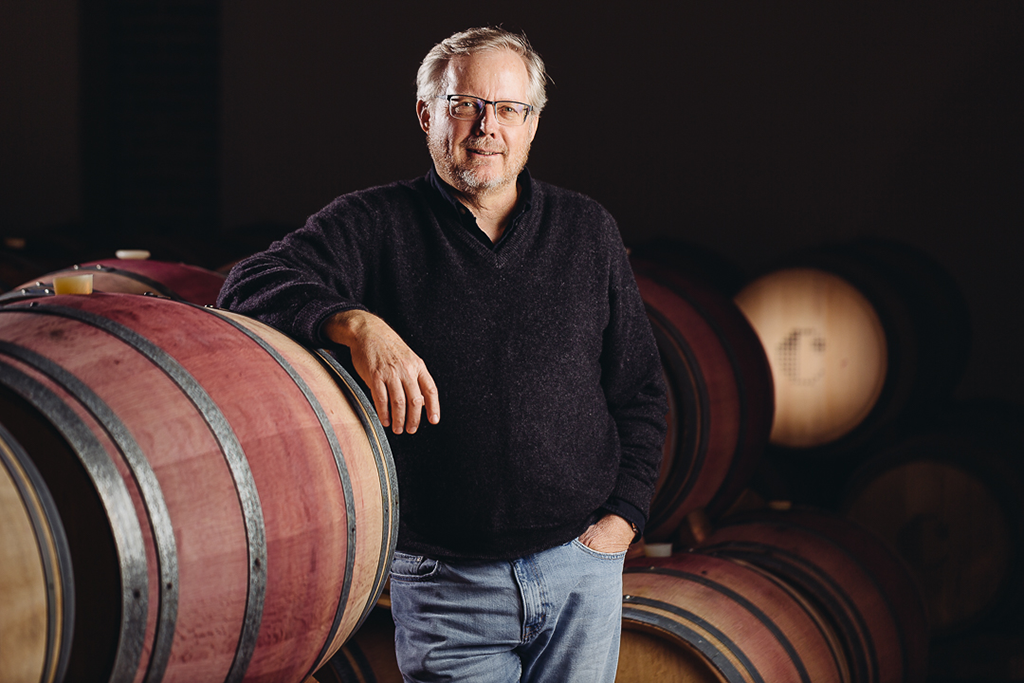
Alberto Weisser acquires the estate and sets up residence.
A new chapter in Tapada de Coelheiros’ history begins.
Luís Patrão takes charge of the estate’s winemaking and viticulture.
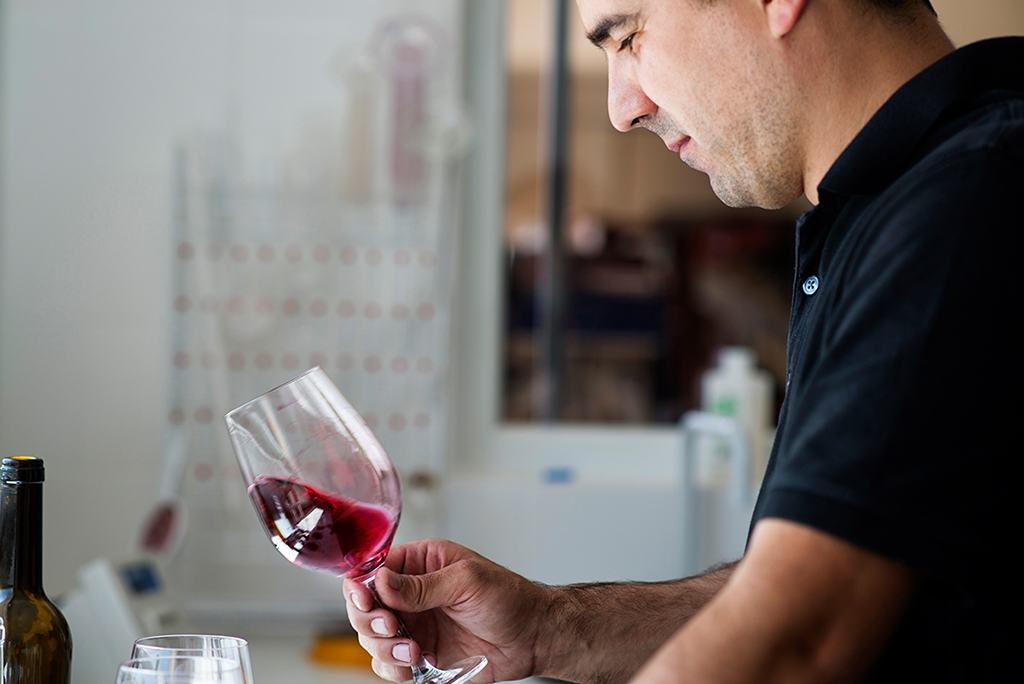

Coelheiros acquires a new image inspired by Arraiolos embroidery, which reflects the company’s connection to the region and its traditions.
Launch of the first Vinha do Taco vintage (a single-plot wine).
The new Coelheiros Branco (white) and Coelheiros Tinto (red) wine range is launched.
Tapada de Coelheiros receives the Viticulture of the Year award from the Grandes Escolhas magazine.

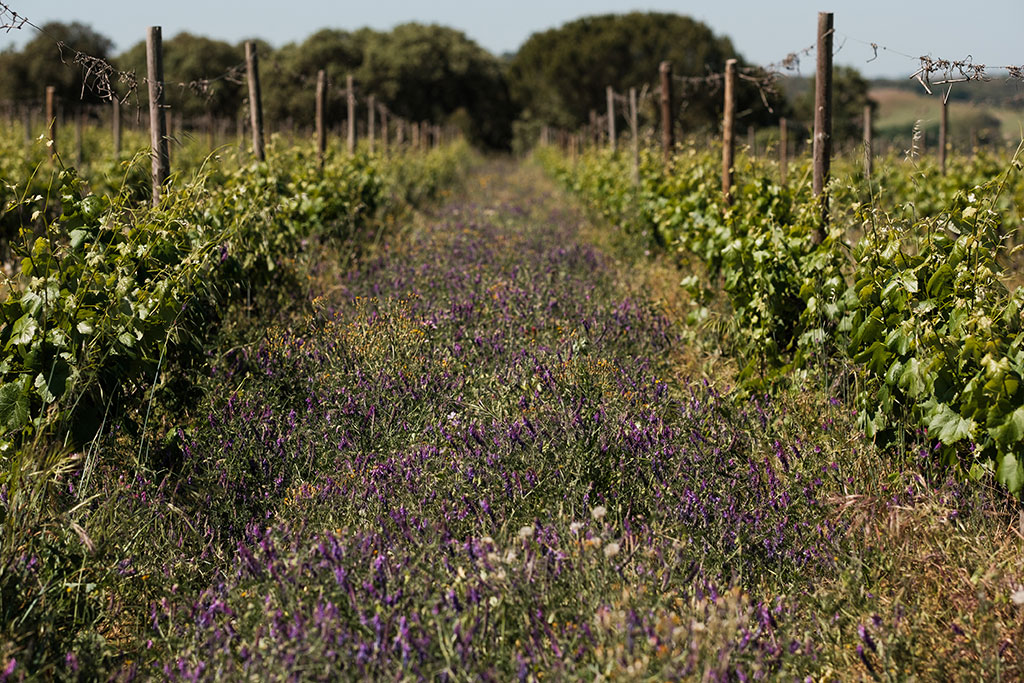
With the advent of wine tourism, Tapada begins organising visits and tastings.
The propriety receives the organic certification for its agriculture and production.
Coelheiros Rosé is launched.
The start of the Montado Bio Project, which aims to increase the resilience of cork oak forests and vineyard ecosystems by setting up pilot areas, where good agricultural and ecological recovery practices are implemented.
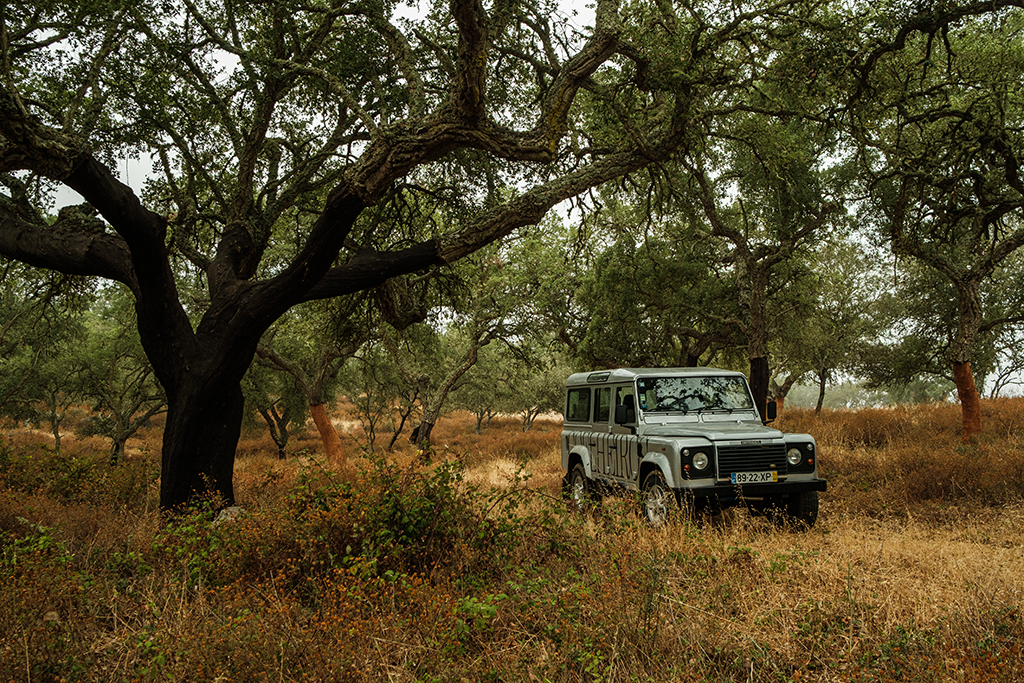

Tapada de Coelheiros
7040–202 Igrejinha x Portugal
© TapadadeCoelheiros 2024